Towards realising a dream
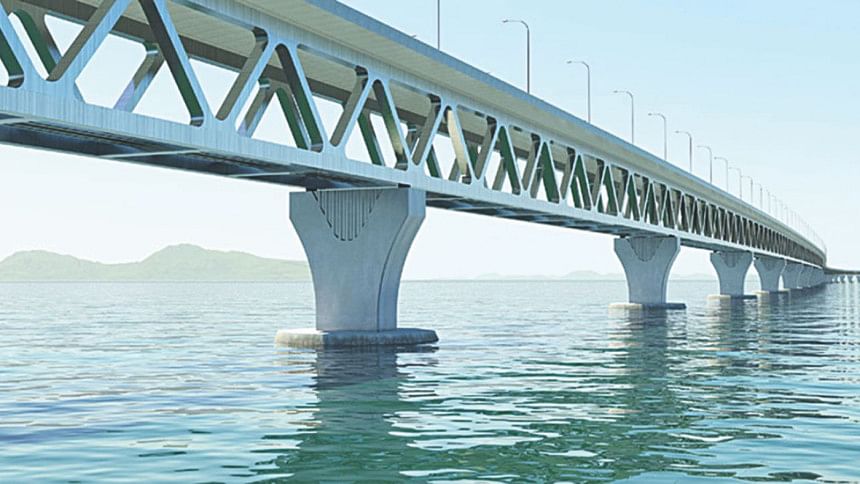
Weak physical infrastructure, particularly in surface communication, has been identified as one of the major impediments to our economic development. In a country like Bangladesh, crisscrossed by hundreds of rivers, which include some of the mightiest in the world, development of efficient road and rail network requires construction of large number of bridges. The soft alluvial soil results in expensive foundations and the rapidly changing river banks require significant investment in training the rivers to flow under the bridge. All these factors resulted in a highway network which was dependent on ferries for crossing major rivers. This made the crossings unreliable and time consuming.
After liberation in 1971, significant progress has been made in gradually filling up these missing links.Large number of bridges has been constructed over the years, which have contributed to the acceleration of economic growth in the country.
With a view to connecting the north-west of Bangladesh with the eastern half, the government decided to construct a bridge over Jamuna. The preliminary studies for design of Jamuna Bridge were carried out in the 1970s and 1980s. During the process of selecting the site of Jamuna Bridge in 1985, in addition to five possible sites on Jamuna, two possible bridge sites in Padma were also investigated. These were Aricha-Goalando and Mawa-Janjira. When the Bangabondhu Bridge over Jamuna was nearing completion in 1998, it was decided to carry out a pre-feasibility study of Padma Bridge so as to connect the southern and south-western districts. An alternative option of building a tunnel under the river was also studied. It was concluded that the best option considering economic returns would be a bridge at Mawa-Janjira site.
The government approached the Japanese government for financial and technical assistance for carrying out a Feasibility study. The Japanese Consultants appointed by JICA initially recommended a road-only bridge at Mawa; however, the government requested them to include rail on the bridge; they slightly modified the design of the extradosed concrete bridge by including a rail track on the same level and submitted their final report in 2004.
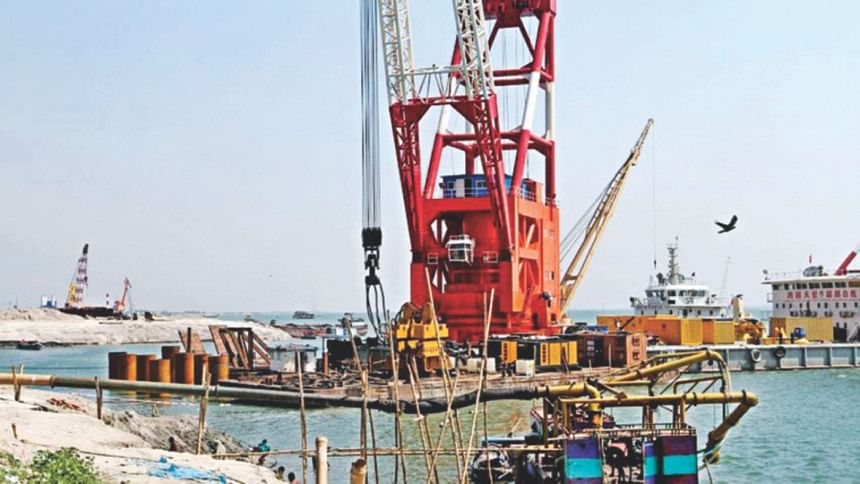
The government then approached Asian Development Bank to provide funding for a detailed design study, including environmental and social impact and measures for their mitigation. The Consultant was selected in late 2008 on the basis of international competitive bidding and the final approval was given by the government in early 2009. It was decided to include single track broad gauge rail from day one. The rationale for this decision was not only to connect the south-western districts, but also to include this bridge as a major link in the Asian Highway as well as the Trans Asian Railway. After carrying out a comparative analysis of various options, the consultants concluded that the best option would be to go for a double-decker steel truss and concrete deck composite bridge, with 4 lane highway on the top and railway track at the bottom.
Economic analysis showed that the returns would be very high—a conservative estimate of Economic Internal Rate of Return (EIRR) is 19%. As the detailed design was being finalised, the government started seeking financial assistance from multilateral lending agencies (viz. World Bank, Asian Development Bank, JICA and IDB). World Bank showed interest in becoming the lead agency committing the largest amount of USD 1.2 billion of the USD 2.5 billion required.
The quest for selecting contractors for the five major construction packages (viz. Main Bridge, River Training Works, Mawa Approach Roads, Janjira Approach Roads and Service Area-2) started with prequalification of contractors using well-defined financial and technical criteria. Some of the biggest contractors in the world expressed interest in getting prequalified, particularly for the two largest contracts, which are also the most difficult from engineering point of view, viz. Main Bridge and River Training Works. The information submitted by the contractors regarding their past experience had to be verified. During the checking process, it was found that one of the Chinese contractors had included in their submission a project with which they were not involved claiming it to be their work. Accordingly, their application was rejected by the evaluation committee, although there were repeated queries from the World Bank why the particular contractor was not being prequalified.
World Bank finally approved all the recommendations of the committee regarding prequalification of contractors. In parallel, the process of selecting Construction Supervision Consultants (CSC) started following the World Bank guidelines. Five Consultants groups (including reputed firms from UK, Canada and Japan) were shortlisted and technical evaluation of their proposals was completed by a committee, which included a retired non-Bangladeshi expert recommended by World Bank. The evaluation report was approved by World Bank. The procedure followed was 'QCBS' (Quality and Cost Based Selection), which requires the technical and financial evaluation scores of qualified firms to be combined using a pre-determined formula. As the final report of the committee was submitted, World Bank wrote to the government alleging that corruption has taken place in the process of selection of CSC. A number of inquiries were conducted by World Bank, but no concrete evidence of corruption from Bangladesh side was provided by it. One of the Canadian firms (SNC-Lavalin) accepted the charges, which led to their debarment from all projects funded by World Bank (and other multilateral banks) for a period of ten years. Three of their officials were charged under Canadian Foreign Corrupt Practices Act and are being tried in Canadian Courts.
The government arrested a number of officials and a minister was forced to resign. Not satisfied with the actions taken by the government, the World Bank finally decided to cancel the loan of USD 1.2 billion which had been approved by their Board; the other cofinanciers also followed suit withdrawing from the project. This led to the project being stalled for quite some time.
The government, which has accorded the highest priority to the project, started looking for alternative sources of funds. Malaysian government showed an interest in the project and sent one of their former ministers to discuss the details of implementation using a PPP model. However, no satisfactory outcome could be arrived at.
In early 2013, the Honourable Prime Minister Sheikh Hasina took a bold decision to go ahead with implementation of the USD 3 billion project using own funds. A number of important decisions were taken, viz. a Bangladeshi group of consultants (Corps of Engineers, Bangladesh Army and BRTC, BUET) to be appointed as Construction Supervision Consultants for the three relatively smaller and technically less challenging contracts and fresh efforts should be made to select internationally reputed firm(s) to supervise the Main Bridge and RTW. Accordingly, following a QCBS procedure, Construction Supervision Consultants (led by a Korean firm) was selected. In the meantime, the bidding process for the three smaller contracts had been completed, with a Bangladeshi contractor submitting the lowest bid in all the three.
The stalled bidding process for the Main Bridge and River Training Works (RTW) was restarted and contractors were selected. Fortunately, the lowest bidders (firms from China) quoted prices which were lower than those estimated by the Detailed Design Consultant (the internationally reputed firm which has prepared the bidding documents and assisted the evaluation committees). Contracts were signed with the two contractors in late 2014 and the construction work has already started as per revised schedule. The contracts require that both the Main Bridge and the RTW be completed within 4 years of signing, i.e. by end of 2018. Till now, the progress appears to be satisfactory.
It is worth mentioning that from an engineering point of view, the project is one of the most challenging in the world. In terms of complexity, River Training Works contract is the most difficult. The peak flow of Padma at Mawa, carrying the combined flow of Brahmaputra-Jamuna and Ganges) is estimated to be 1,40,000 cubic metres per second, considering a return period of 100 years. This is the second highest flow in the world, next only to Amazon in South America. Providing for unobstructed passage for the large flow of water under the bridge, and keeping the banks stable in the vicinity of the bridge, are the major challenges. The river banks have a history of moving a few kilometres within a year. Among the two banks, the Mawa side, which contains clay, was found to be relatively more stable during the last few decades. However, during the last monsoon, Mawa side also started eroding and emergency measures had to be taken to protect some of the structures which had been built by the contractor. The design is being revised and the length of guide bund may have to be increased.
The second major challenge is to drive the piles which would carry the load from road and rail traffic as well as the weight of the bridge to the foundation. In addition, these would have to resist the lateral loads e.g. high winds and earthquake.
A characteristic of the rivers in soft alluvial soil like Padma is that the river bed is also unstable. Theoretical and experimental studies have shown that the total scour may be as high as 47m. In addition to this, there is a possibility that during earthquakes, another 15 metres of river may liquefy, becoming incapable of supporting any load. The implication of these is that top 62m of existing river bed, cannot be relied upon in resisting loads and the length of pile has to be adequate to ensure that the remaining soil would be capable of resisting loads. These have led to a pile depth of around 120m. Driving these 3 metre diameter steel piles require very heavy hammers. Specially fabricated hammer, one of the most powerful in the world, has been brought from Germany to the bridge site and has started driving piles, which was formally inaugurated by the Honorable Prime Minister on 12 December, 2015.
The progress in construction made during the last few months has been impressive. Although efforts have been made to analyse possible risks during construction, megaprojects like Padma Bridge are fraught with unforeseen risks. If the rate of progress which has been achieved is maintained by the contractors, it is expected that the bridge may be opened to traffic by end of 2018. This would be a big achievement for Bangladeshi engineers, who for the first time have been given the responsibility of implementing such a large and complex project. It would also usher in new opportunities for economic development of the country, particularly the south-western and southern regions, and make the dreams of 160 million Bangladeshis a reality.
The writer is Chairman, International Panel of Experts, PMBP and Vice Chancellor, University of Asia Pacific.

 For all latest news, follow The Daily Star's Google News channel.
For all latest news, follow The Daily Star's Google News channel. 

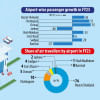



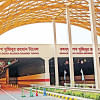

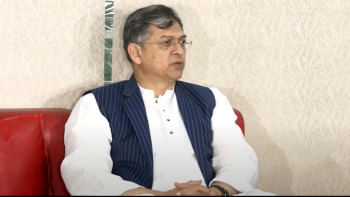
Comments